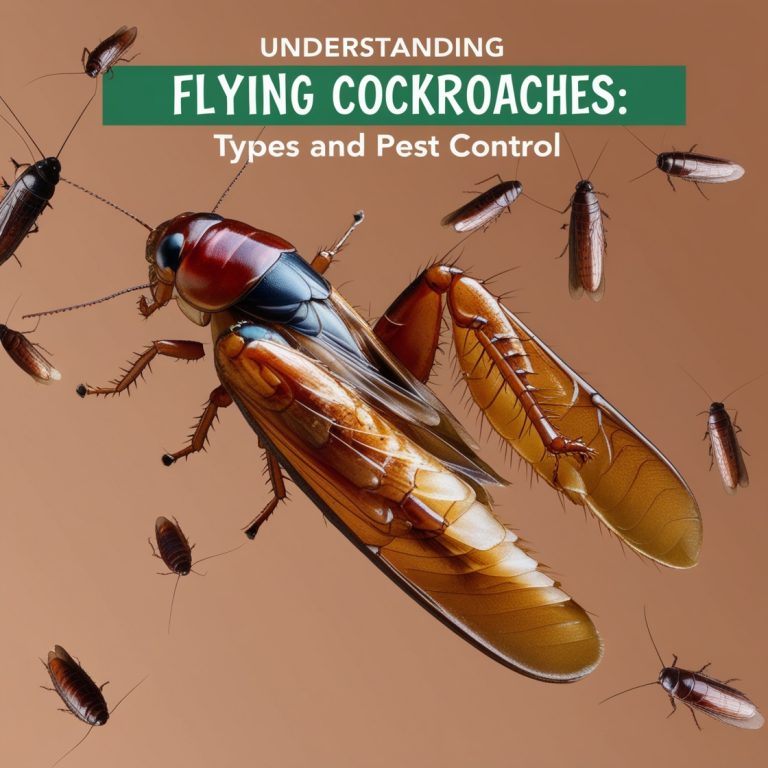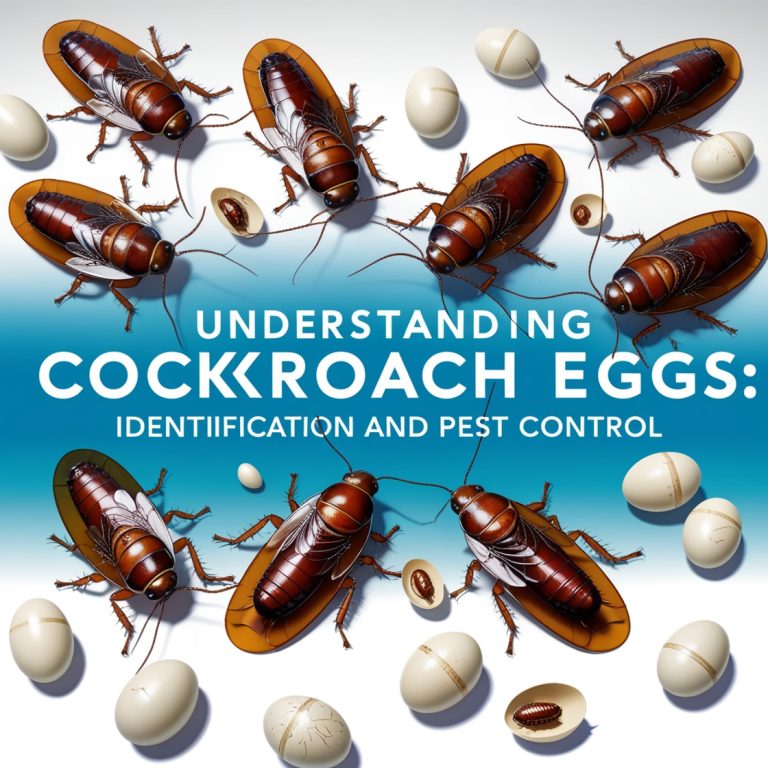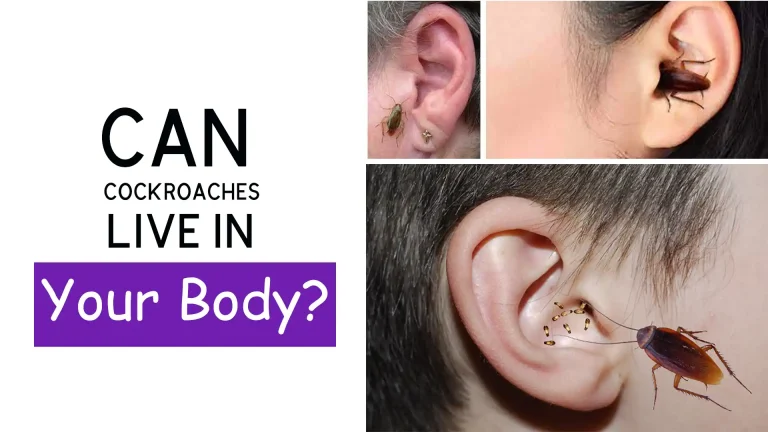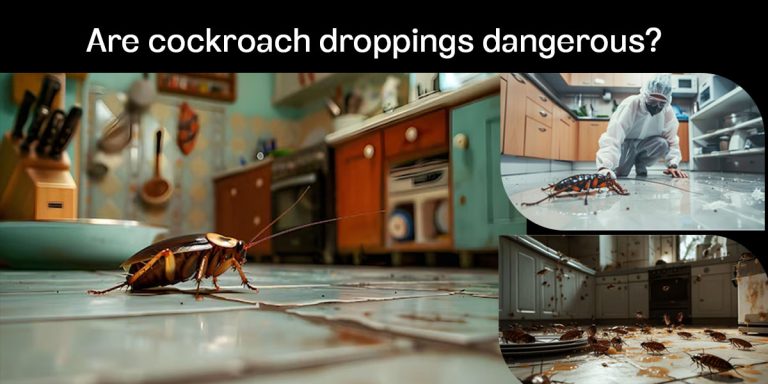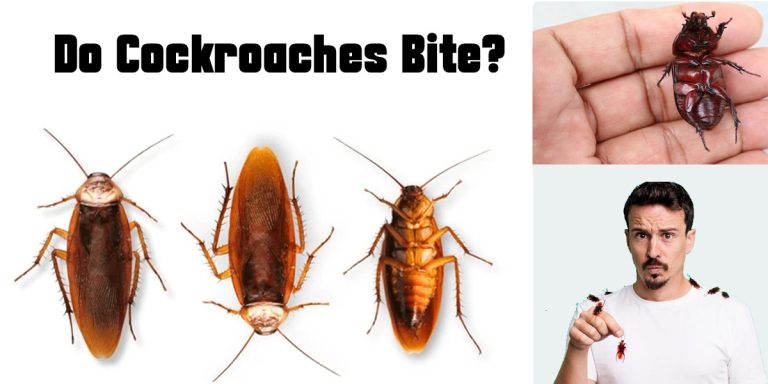Different Bugs That Look Like Cockroaches: How To Identify Them
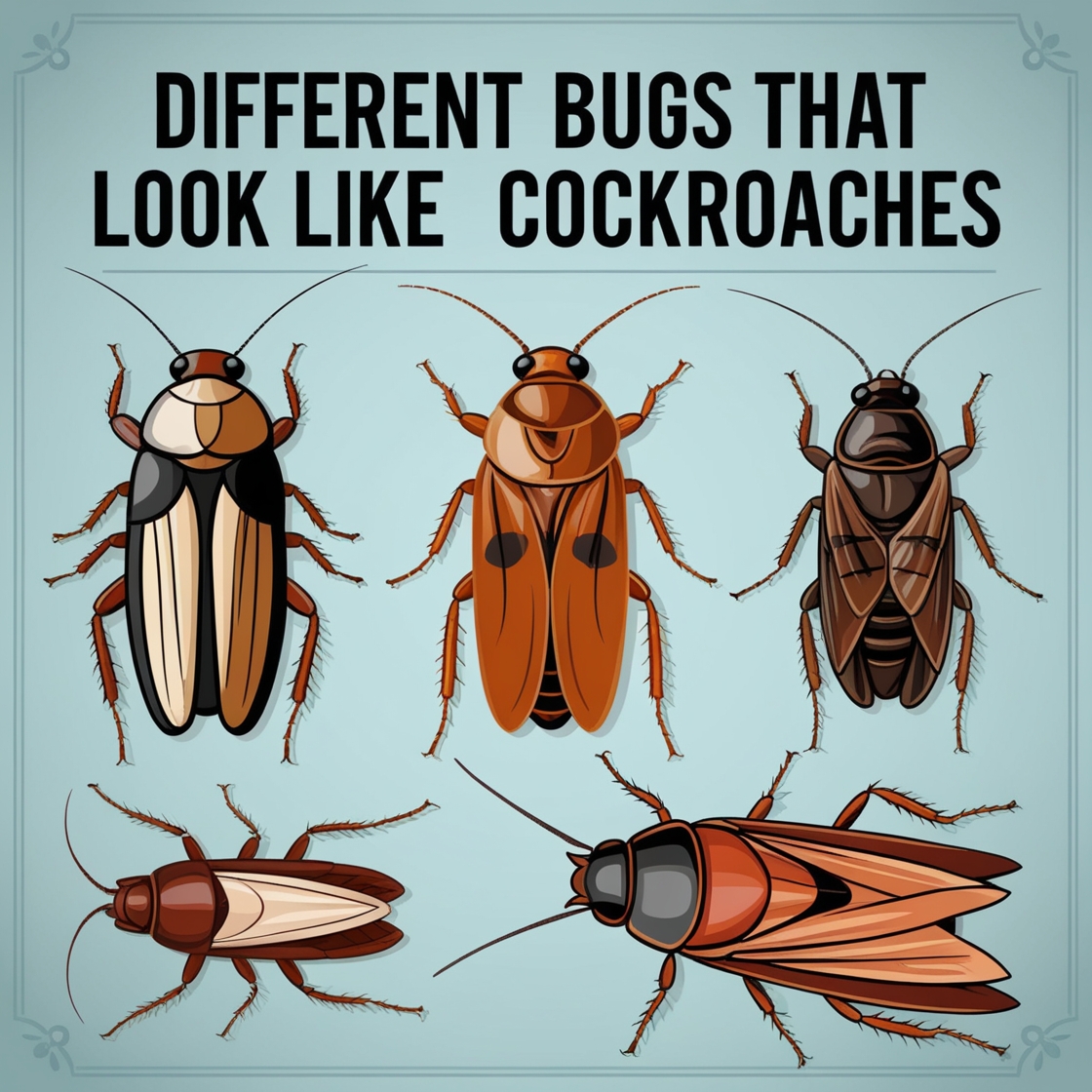
Discover the Different bugs that look like cockroaches, including palmetto bugs and more. Identify these insects to tackle your pest infestation effectively!
Introduction to Cockroach Look-Alikes
Cockroaches are one of the most common household pests, often eliciting feelings of disgust and concern. However, not every bug that resembles a cockroach is actually one. Many insects share similar characteristics with cockroaches, leading to frequent misidentification. This article will explore various bugs that look like cockroaches and provide tips on how to identify them accurately.
The Challenge of Identifying Bugs That Look Like Cockroaches
Identifying insects can be challenging, especially when dealing with bugs that look like cockroaches. Cockroaches are often mistaken for other pests due to their similar appearance. This confusion can lead to unnecessary panic and inappropriate pest control measures. Understanding the key differences between cockroaches and their look-alikes is crucial for effective pest management.
Common Bugs Mistaken for Cockroaches
Several insects are frequently confused with cockroaches due to their similar size, color, or body shape. Let’s examine some of the most common cockroach imposters.
Water Bugs: The Aquatic Imposters
Water bugs, also known as true water bugs, are often mistaken for cockroaches due to their similar appearance. These insects belong to the Belostomatidae family and are typically larger than most cockroach species. While cockroaches are often found in damp areas, water bugs are truly aquatic and prefer bodies of water like ponds or slow-moving streams.
Key differences:
– Size: Water bugs can grow up to 4 inches long, while most cockroach species are smaller.
– Habitat: Water bugs live in aquatic environments, unlike cockroaches.
– Behavior: Water bugs are predators and can deliver a painful bite, whereas cockroaches are scavengers.
Ground Beetles: The Garden Dwellers
Ground beetles are another type of bug often confused with cockroaches. These insects belong to the Carabidae family and are common in gardens and outdoor areas. While they may resemble cockroaches at first glance, ground beetles have some distinct characteristics that set them apart.
Differences between ground beetles and cockroaches:
– Antennae: Ground beetles have shorter antennae compared to the long antennae of cockroaches.
– Body shape: Ground beetles typically have a more elongated and slender body shape than cockroaches.
– Wings: Unlike cockroaches, ground beetles hide their wings under a protective shield.
Crickets: The Noisy Neighbors
Crickets are another insect that can be mistaken for cockroaches, especially in low light conditions. Both crickets and cockroaches belong to the order Orthoptera, which explains some of their similarities. However, there are several key differences between these two insects.
Distinguishing features:
– Sound: Crickets are known for their chirping, while cockroaches are generally silent.
– Legs: Crickets have powerful hind legs adapted for jumping, unlike cockroaches.
– Antennae: While both have long antennae, cricket antennae are typically thinner than those of cockroaches.
June Bugs: The Seasonal Visitors
June bugs, also known as May beetles, are sometimes confused with cockroaches due to their similar size and color. These beetles belong to the Scarabaeidae family and are most active during early summer, hence their name.
How to tell June bugs apart from cockroaches:
– Seasonality: June bugs are primarily seen in early summer, while cockroaches are active year-round.
– Flight: June bugs are better flyers than flying cockroach species.
– Body shape: June bugs have a more rounded body shape compared to the flattened bodies of cockroaches.
Species of Cockroach Often Misidentified
While many bugs are mistaken for cockroaches, it’s also important to recognize that there are different types of cockroaches, each with its own characteristics. Some cockroach species are more commonly encountered than others and may be misidentified.
The Palmetto Bug: More Than Just a Roach
The term “palmetto bug” is often used interchangeably with “cockroach,” particularly in the southern United States. However, palmetto bug typically refers to the American cockroach (Periplaneta americana), one of the largest cockroach species commonly found in homes.
Characteristics of the American cockroach (palmetto bug):
– Size: Can grow up to 2 inches long
– Color: Reddish-brown with a light yellow ring around the shield behind their head
– Habitat: Often found in warm, moist areas like sewers and basements
Different Types of Roaches You Might Encounter
Apart from the American cockroach, there are several other cockroach species commonly found in homes and buildings. These include:
1. German cockroach (Blattella germanica):
– Smaller than the American cockroach, typically 1/2 to 5/8 inches long
– Light brown to tan in color with two dark stripes on their pronotum
– Most common cockroach species in indoor infestations
2. Oriental cockroach (Blatta orientalis):
– Dark brown to black in color
– Prefer cool, damp areas like basements and crawl spaces
– Often referred to as “water bugs” due to their preference for moist environments
3. Smoky brown cockroaches:
– Similar in size to American cockroaches
– Uniformly dark brown or mahogany color
– Strong fliers and often enter homes through attics or chimneys
7 Bugs That Look Like Cockroaches: A Closer Look
To help you distinguish between cockroaches and their look-alikes, here’s a list of seven bugs that are often confused with cockroaches:
1. Water bugs
2. Ground beetles
3. Crickets
4. June bugs
5. Asian longhorned beetles
6. Click beetles
7. Wood-boring beetles
Identifying Features of Common Cockroach Look-Alikes
When trying to identify whether an insect is a cockroach or a look-alike, consider the following features:
1. Antennae: Cockroaches typically have long, thin antennae.
2. Body shape: Cockroaches have flattened, oval-shaped bodies.
3. Legs: Cockroaches have six legs and can move quickly.
4. Wings: Many cockroach species have wings, but not all can fly effectively.
5. Size: Cockroaches range from 1/2 inch to 2 inches in length, depending on the species.
6. Color: Most cockroaches are brown to black, with some variations like reddish-brown.
Pest Control: When to Call a Professional
While identifying the type of bug you’re dealing with is important, sometimes professional help is necessary, especially in cases of infestation.
Differentiating Between a Cockroach Infestation and Other Pests
Cockroach infestations can be particularly challenging to deal with due to the insects’ resilience and rapid reproduction. Signs of a cockroach infestation include:
– Seeing cockroaches during the day (they are typically nocturnal)
– Finding cockroach droppings, which resemble coffee grounds or pepper
– Noticing a musty odor in your home
– Finding cockroach egg cases (oothecae)
If you’re unsure whether you’re dealing with a cockroach infestation or another type of pest, it’s best to consult a pest control professional.
The Importance of Proper Pest Identification
Proper pest identification is crucial for effective pest control. Different pests require different treatment methods, and misidentification can lead to ineffective treatments and wasted resources. Professional pest control services have the expertise to accurately identify pests and implement the most appropriate control measures.
Bed Bugs vs. Cockroaches: Key Differences
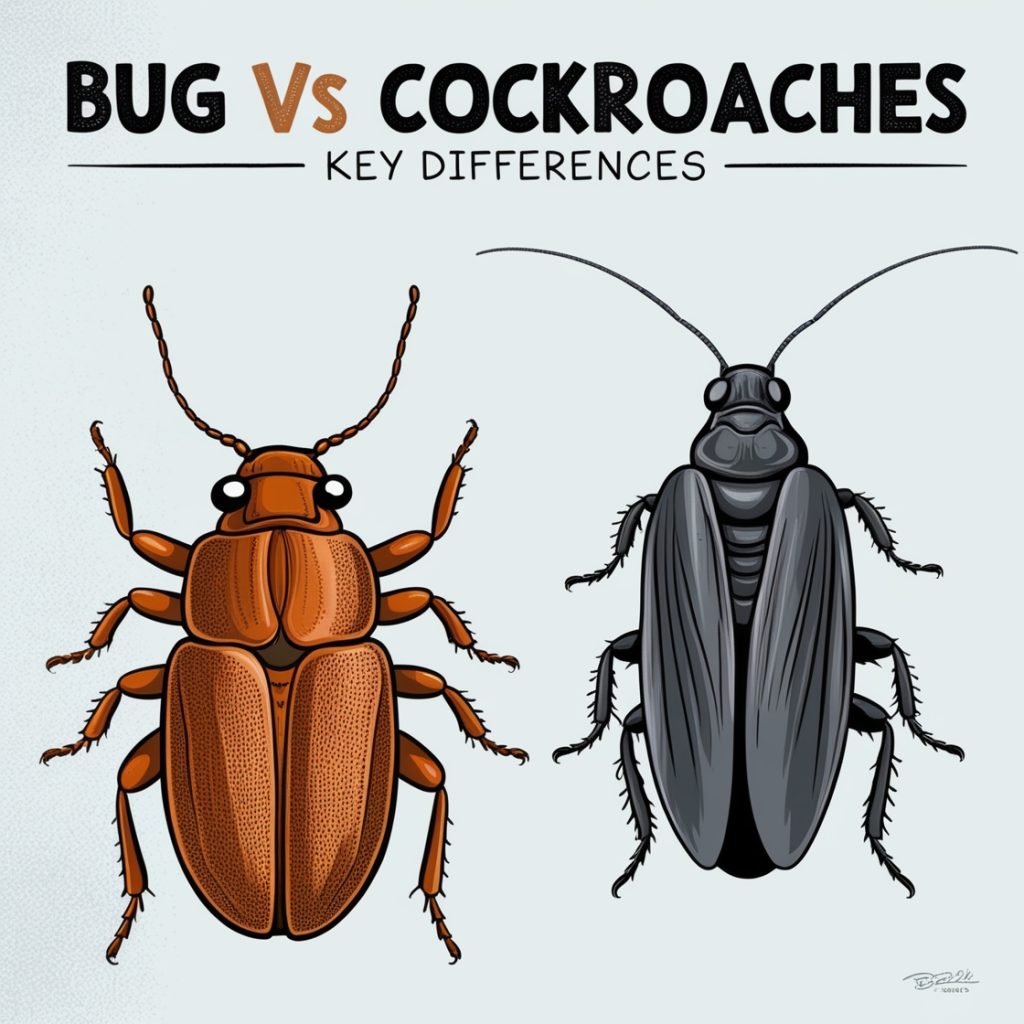
Bed bugs are another common household pest that can sometimes be confused with cockroaches, especially in their nymph stages. However, there are significant differences between these two insects.
How to Tell if You’re Dealing with Bed Bugs or Roaches
Key differences between bed bugs and cockroaches:
1. Size: Adult bed bugs are much smaller than most cockroach species, typically about 1/4 inch long.
2. Shape: Bed bugs have a more rounded, apple-seed-like shape compared to the oval shape of cockroaches.
3. Color: Bed bugs are reddish-brown and become more red after feeding, while cockroaches are typically dark brown or black.
4. Habitat: Bed bugs prefer to stay close to their food source (human blood) and are often found in mattresses and furniture. Cockroaches prefer dark, moist areas throughout the home.
5. Behavior: Bed bugs feed on blood, while cockroaches are scavengers that eat a variety of organic matter.
Conclusion: Mastering Bug Identification
Understanding the differences between cockroaches and similar-looking bugs is essential for effective pest management. While many bugs resemble cockroaches, careful observation of their characteristics can help you accurately identify the pest you’re dealing with.
When to Seek Help from a Pest Control Professional
If you’re unable to identify the insect or are dealing with a persistent infestation, it’s best to call a pest control professional. These experts can:
1. Accurately identify the pest species
2. Assess the extent of the infestation
3. Develop a targeted treatment plan
4. Provide advice on preventing future infestations
Remember, professional pest control services are equipped with the knowledge, tools, and techniques to handle various pest problems effectively and safely.
In conclusion, while many bugs look like cockroaches, understanding the key differences can help you identify these pests accurately. Whether you’re dealing with water bugs, beetles, crickets, or actual cockroaches, proper identification is the first step in effective pest management. When in doubt, don’t hesitate to seek the expertise of a professional pest control service to ensure your home remains free of unwanted insect visitors.

